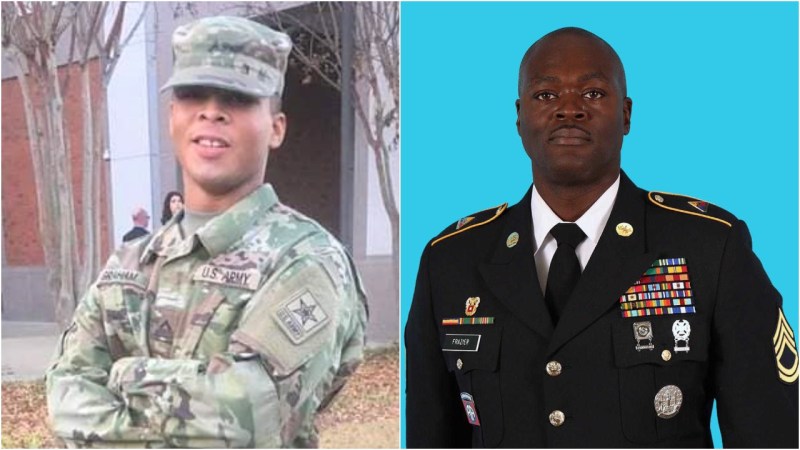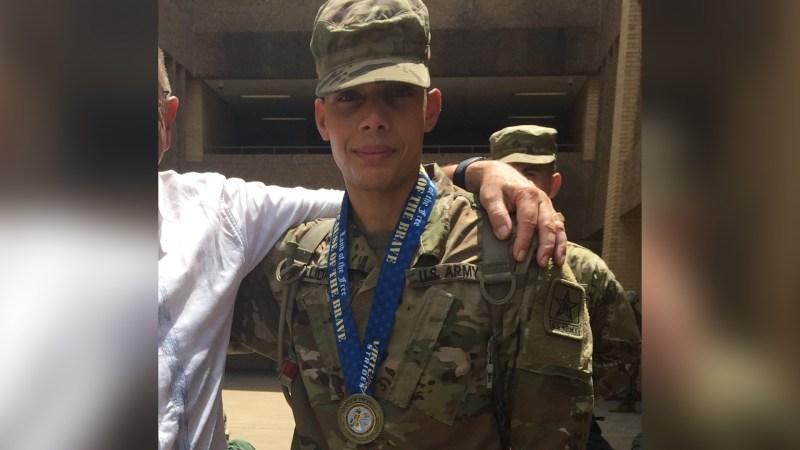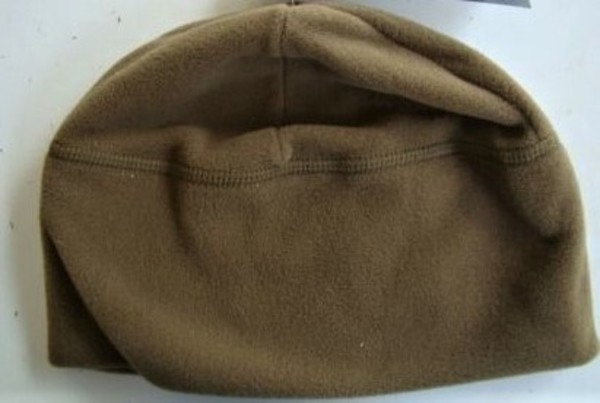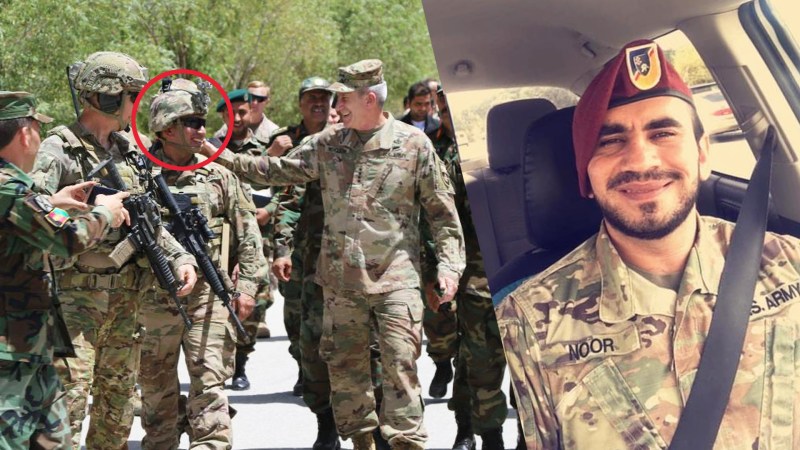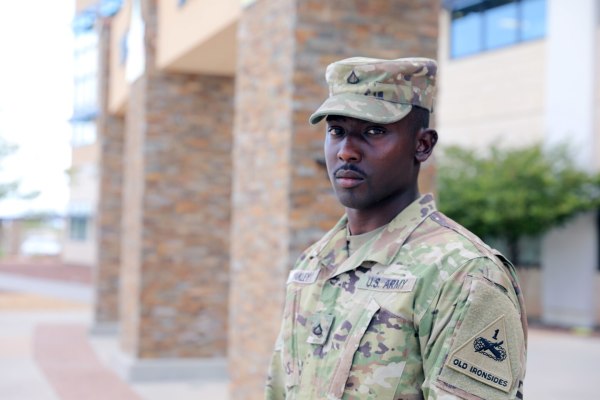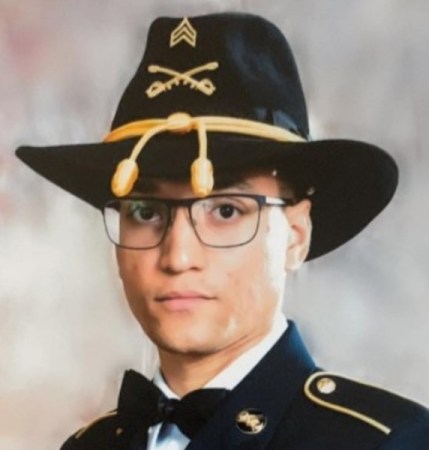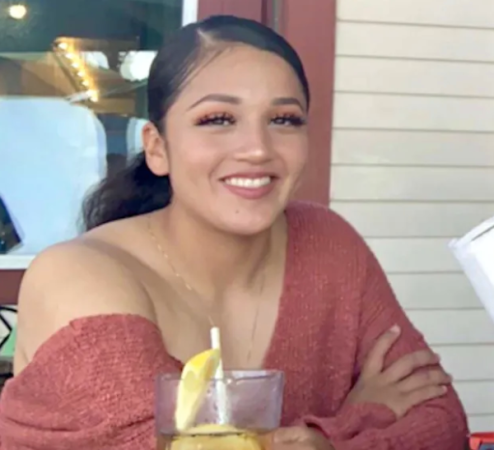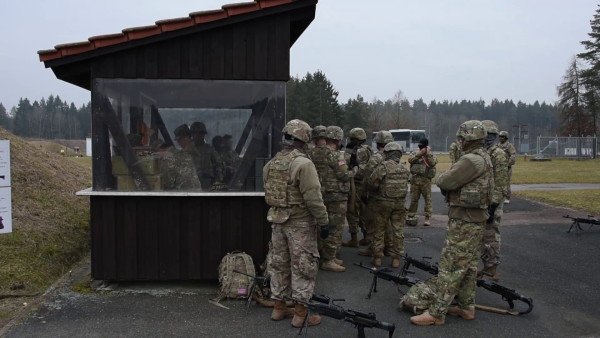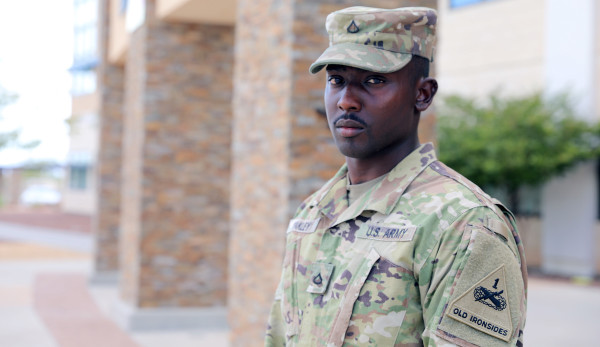Big news in the world of Army headgear: Soldiers at Fort Bliss, Texas can now wear “boonie” hats, which provide more protection from the sun than patrol caps.
The Army allows commanders to decide whether their soldiers can wear boonie hats in lieu of patrol caps or combat helmets in the field, and on work details and other environments when wearing patrol caps is deemed impractical, an Army pamphlet says.
Army Maj. Gen. James P. Isenhower III, commanding general of the 1st Armored Division and Fort Bliss, authorized soldiers at the Texas base to wear boonie hats back in October, said Lt. Col. Kimbia Rey, a spokeswoman for the division.
Subscribe to Task & Purpose today. Get the latest military news and culture in your inbox daily.
The boonie hat – officially known as the “sun hat” has been an iconic Army cover since the Vietnam War era, Rey told Task & Purpose. The hats have wide brims to protect a soldier’s face and ears from the sun.
“Maj. Gen. Isenhower authorized Soldiers to wear sun hats because the sun hat mitigates the harmful effects of overexposure to the sun,” Rey said. “El Paso is often referred to as the Sun City, because it enjoys an average of 302 days of sunshine each year.”
All soldiers assigned to and visiting Fort Bliss are authorized to hear boonie hats while on post and in local training areas, Rey said.

Isenhower has issued the following guidance on how soldiers must wear their boonie hats:
- Only officially issued boonie hats are allowed. No commercial lookalikes are permitted.
- Boonies can only be worn in formations if all soldiers wear them.
- Soldiers cannot wear boonie hats indoors.
- Soldiers temporarily assigned at Fort Bliss and visitors are allowed to wear boonie hats.
- During outdoor ceremonies, all soldiers must wear either boonie hats or patrol caps. Soldiers cannot wear both types of covers at these events.
- Temperature is not a factor that determines when soldiers can wear boonie hats.
- Soldiers will wear boonie bats on the top of their heads so that the web band creates a straight line around their heads that is parallel to the ground.
- No hair on soldiers’ foreheads beneath the boonie hat can be visible.
- The boonie hat’s drawstring can be worn under the chin, drawn snugly using the cord fastener to the bottom of the chin, around the back of the head and neck, and drawn snugly to the back or tucked inside of the hat.
- Boonie hats cannot be work rolled, formed, shaped, or blocked with an upturned brim.
- Rank insignias must be pinned or sewed on boonie hats, worn centered on the front of the hat; left to right; and top and bottom.
- Soldiers will not sew their name tapes on their boonie hats.
Isenhower’s decision to authorize boonie hats for soldiers at Fort Bliss was first revealed on social media by users of the unofficial Army subreddit, several of whom applauded the move.
The 21st Century has been rife with developments concerning Army covers. It started in 2000 when Army Gen. Eric Shinseki, then the service’s chief of staff, adopted the black beret as the garrison cap for the conventional force to increase esprit de corps.
But the black beret, which absorbs heat and provides minimal protection against the sun, proved to be unpopular with the rank and file — particularly Army Rangers who had previously been the only soldiers authorized to wear the black beret. Many soldiers across the Army cheered when the patrol cap became the primary headgear again in 2011.
The Army also ran into a maelstrom when designing the covers for soldiers assigned to Security Force Assistance Brigades, or SFABs. A picture posted on social media in October 2017 appeared to show that SFAB soldiers would be issued green berets, angering Army Special Forces soldiers, who have worn green berets for decades.
Ultimately, the Army decided that soldiers in SFABs would wear brown berets.
More recently, the Army announced in December 2019 that soldiers were allowed to wear brown fleece caps. For some soldiers, the move was anticlimactic because they thought the cap had already been authorized.
The latest on Task & Purpose
- Air Force fires two medical commanders at Joint Base Charleston
- Navy fires commodore of Naval Special Warfare Group Eight
- Families at Edwards Air Force Base living in RVs for housing relief
- Niger cuts ties with US military
- Navy has fired at least 3 commanding officers for DUIs in 2024

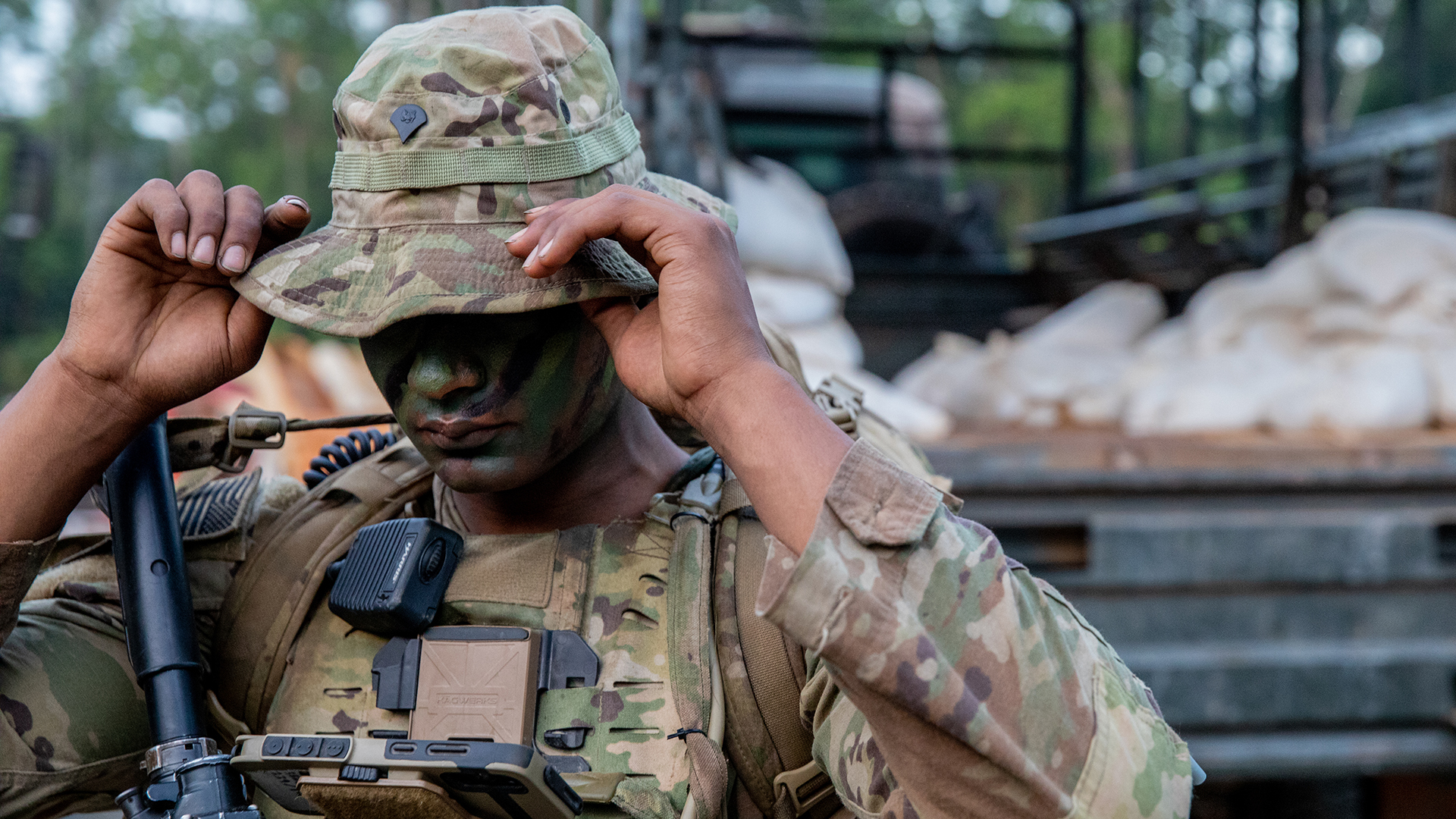
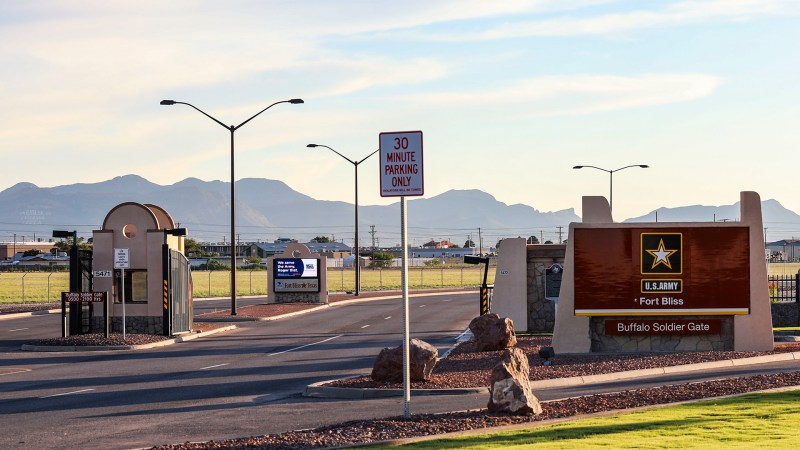
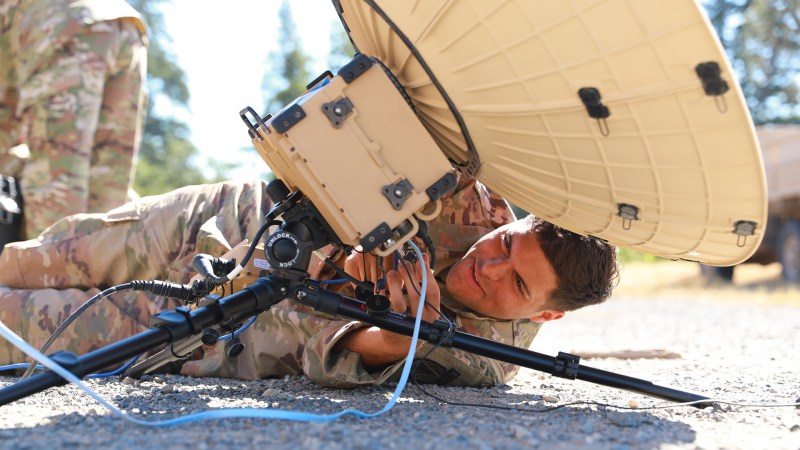
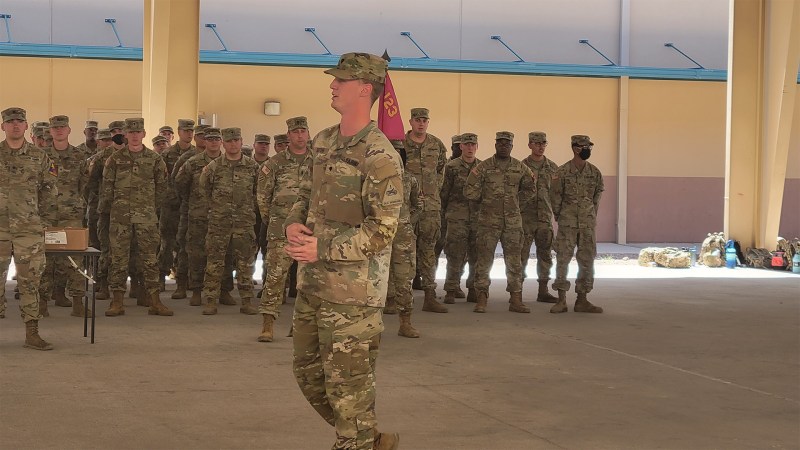
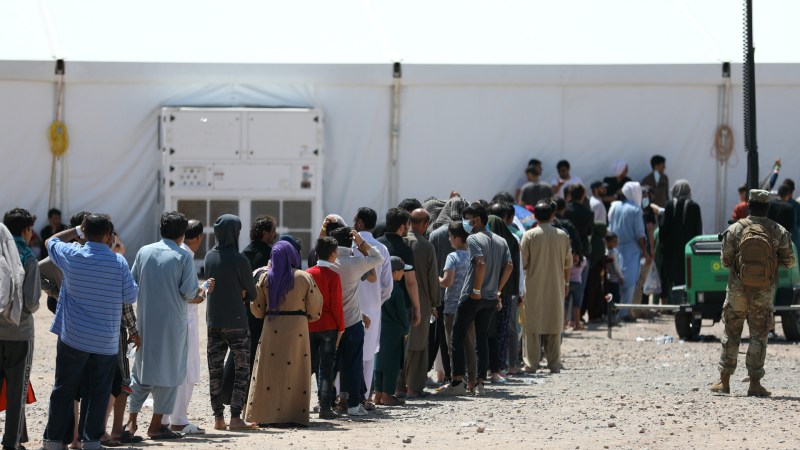
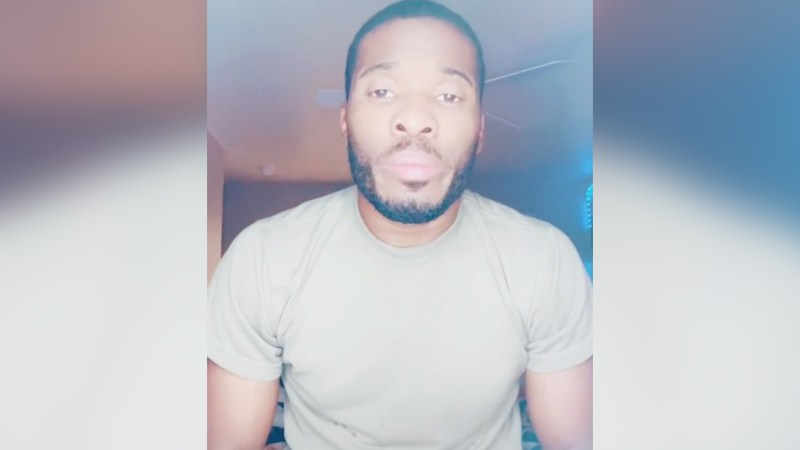
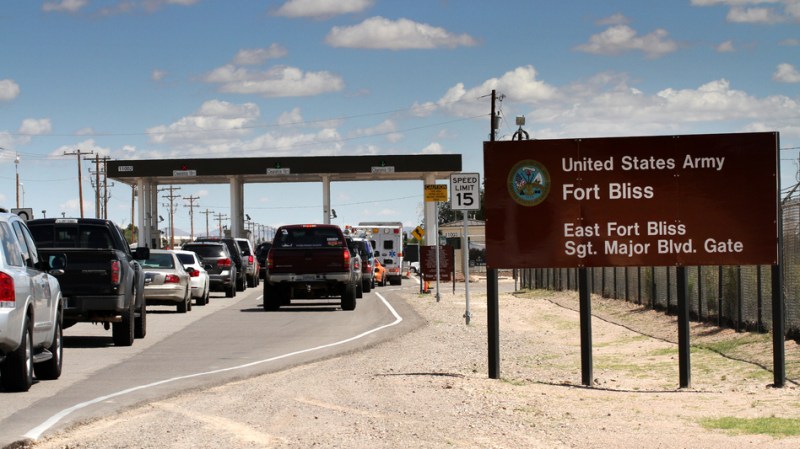

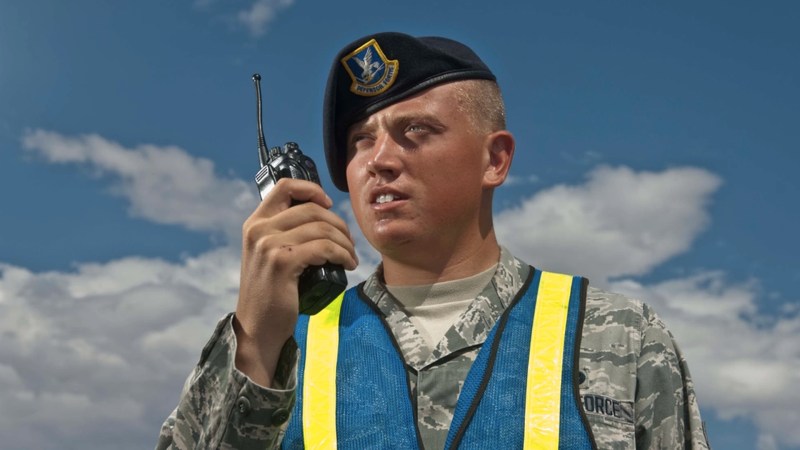
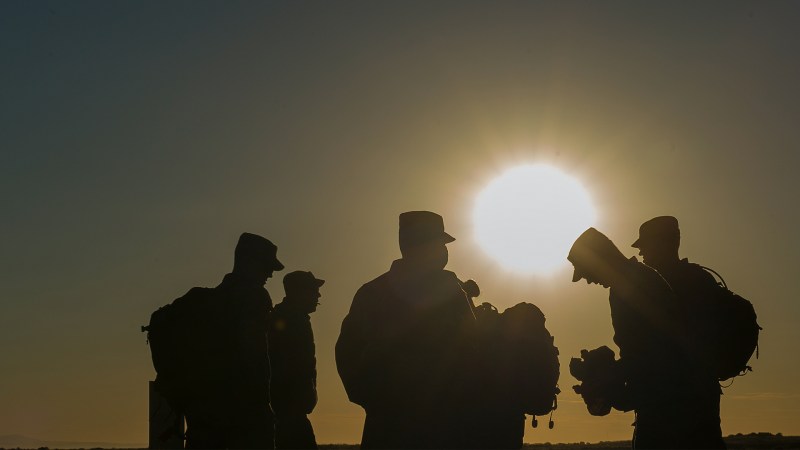
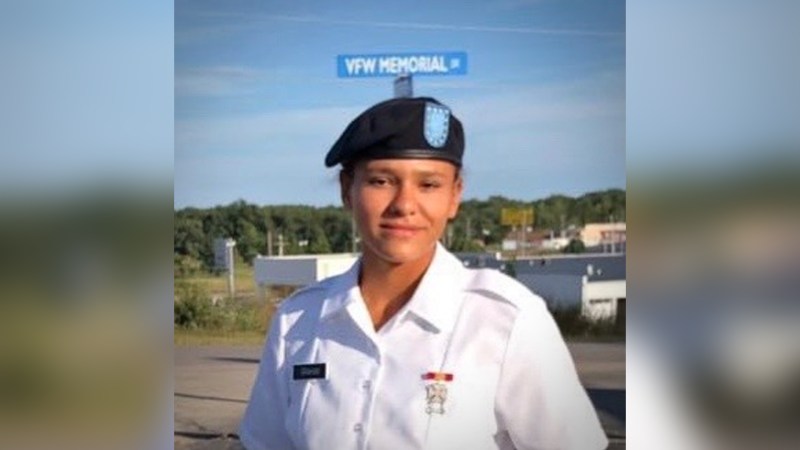
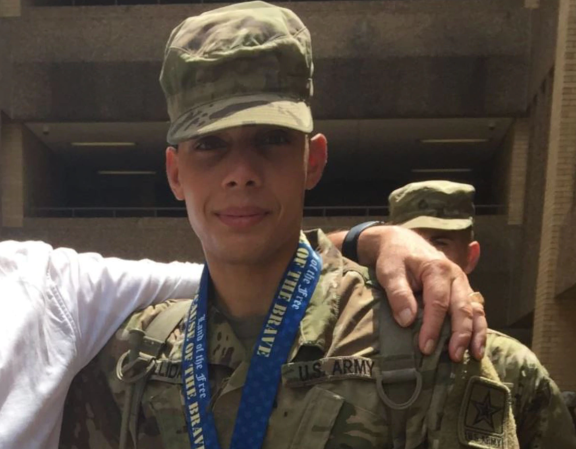
![11 Fort Bliss soldiers injured during training after possibly drinking antifreeze [Updated]](https://taskandpurpose.com/wp-content/uploads/2021/01/29/SoldiersFortBliss.jpg?w=800)
